| Structure | Name/CAS No. | Articles |
|---|---|---|
 |
sucrose
CAS:57-50-1 |
|
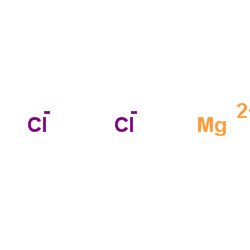 |
Magnesium choride
CAS:7786-30-3 |
|
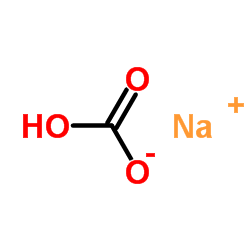 |
SodiuM bicarbonate
CAS:144-55-8 |
|
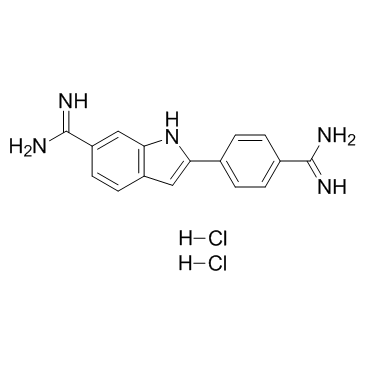 |
4',6-Diamidino-2-phenylindole dihydrochloride
CAS:28718-90-3 |
|
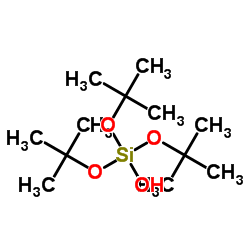 |
Tris(2-methyl-2-propanyl) hydrogen orthosilicate
CAS:18166-43-3 |
|
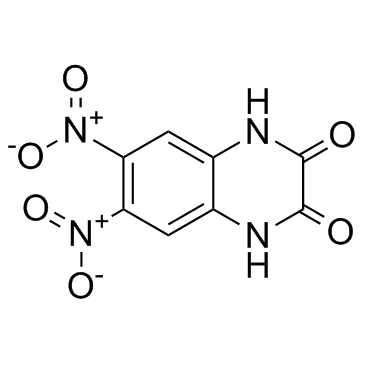 |
DNQX
CAS:2379-57-9 |
|
 |
DL-AP5
CAS:76326-31-3 |